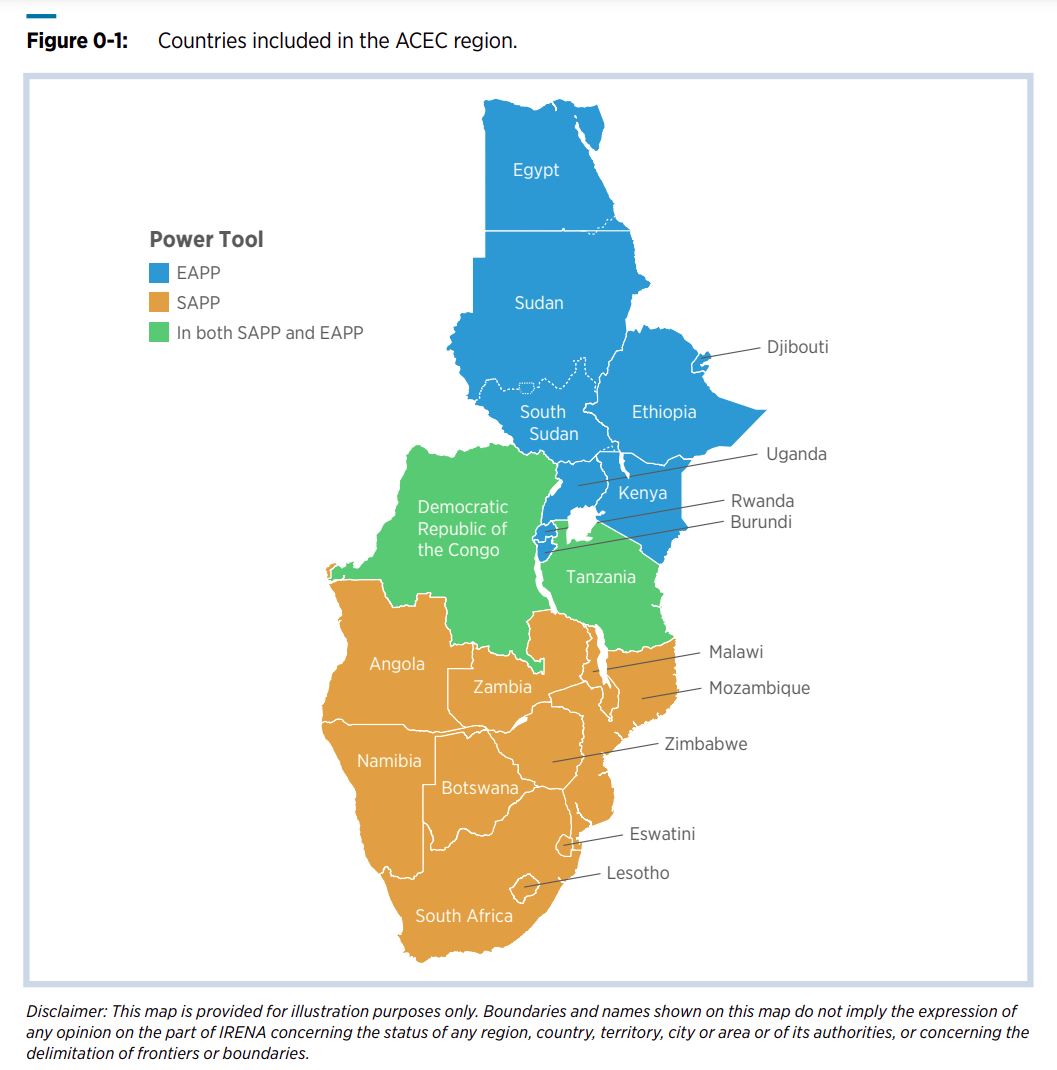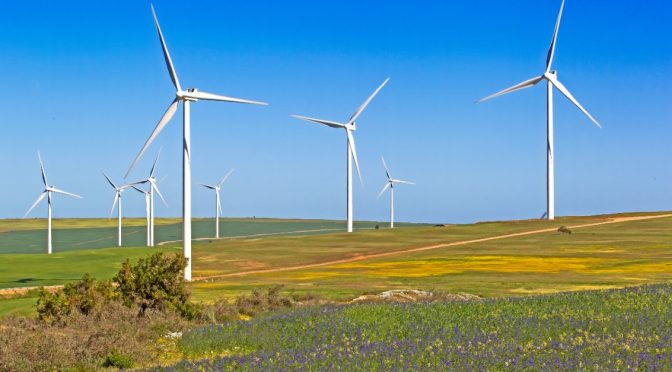Eastern and Southern Africa are vast, geographically diverse regions with rapidly growing populations and rising demands for energy. According to master plans for the two regional power pools, electricity demand is set to grow at between 3.4 and 5 per cent per year to 2040. Meeting that demand is key to bolstering long-term growth in the region’s 21 countries, leaving planners and policy makers with highly consequential decisions to make on the future of the energy mix.
A new study entitled Planning and Prospects for Renewable Power: Eastern and Southern Africa, assesses the long-term energy plans for the two regional power pools (known as the Eastern and Southern African Power Pools), and finds the region well-endowed with high quality, cost-effective, but under-utilised wind and solar resources.
Based on assessed potential and falling costs, the African Clean Energy Corridor (ACEC) countries could cost-effectively meet more than 60 per cent of their electricity needs with renewables by 2040 – around three times the share of installed renewables capacity seen in the region today. According to IRENA’s analysis, 230 gigawatts (GW) of solar PV and wind alone is possible in the region, which could represent a combined share of 50 per cent of total capacity by 2040.
“Through rigorous energy planning, the region can simultaneously meet immediate needs while aligning decisions with medium- and long-term economic objectives.”
Current plans in the two regions contrast starkly with this potential, however. The report highlights that an estimated 100 GW of new coal-fired power generation could be brought online over the next 20 years based on existing power pool master plans. Exploiting coal to meet rapidly growing electricity demand is likely to expose regional economies to the potential of stranded assets and future write-downs.

IRENA Director-General Francesco La Camera said meeting future energy needs in the region required careful and considered energy planning at a critical time for global development. “To meet the needs of rapidly growing economies, the region requires significant levels of investment in its power generation infrastructure. And it is important that such long-term planning decisions are well-informed and reflective of all potential pathways.”
The region’s new capacity needs are significant. In the East African Power Pool alone, total generation capacity is set to increase from 106 GW today to around to 254 GW by 2040.
Under current master plans, coal will make up most of the capacity additions, but investors are increasingly cautious about allocating capital to coal. The environmental, financial and social risks associated with the fossil fuel are making the sector less and less attractive. Thus, despite the availability of domestic fossil energy resources – such as natural gas in Mozambique or coal in Tanzania – governments can look for ways to expand affordable renewable portfolios in their national and regional energy master plans.
There is another way to support sustained growth and development in the region that is both economic, and climate compliant. “Choosing to support growth with renewables supports multiple objectives, from job creation and the establishment of new industrial sectors, to greater energy access, improved energy security and long-term economic growth and stability,” continued Mr. La Camera. “Through rigorous energy planning, the region can simultaneously meet immediate needs while aligning decisions with medium- and long-term economic objectives.”
IRENA’s scenario for a renewable-based power system across the ACEC region requires significant investments over the next 20 years. According to the study, over USD 560 billion is needed between now and 2040 in power generation projects. A quarter of this relates to committed projects. However, these investments will pay off.
“A renewables-based energy pathway has the potential to do more than just meet the region’s growing energy needs,” said La Camera. “It promises to fuel an unparalleled age of inclusive, sustainable growth well into the 21st century.”


